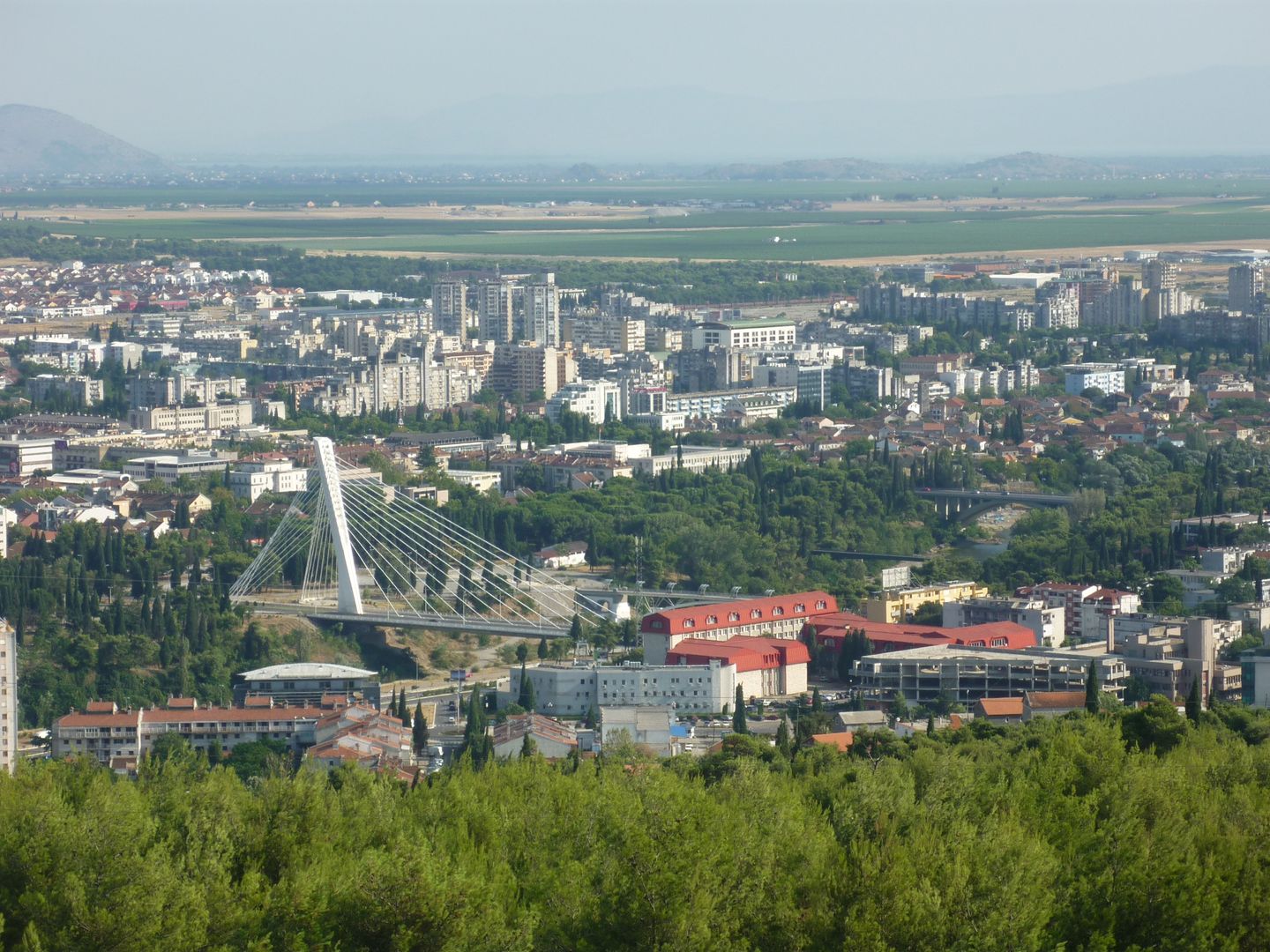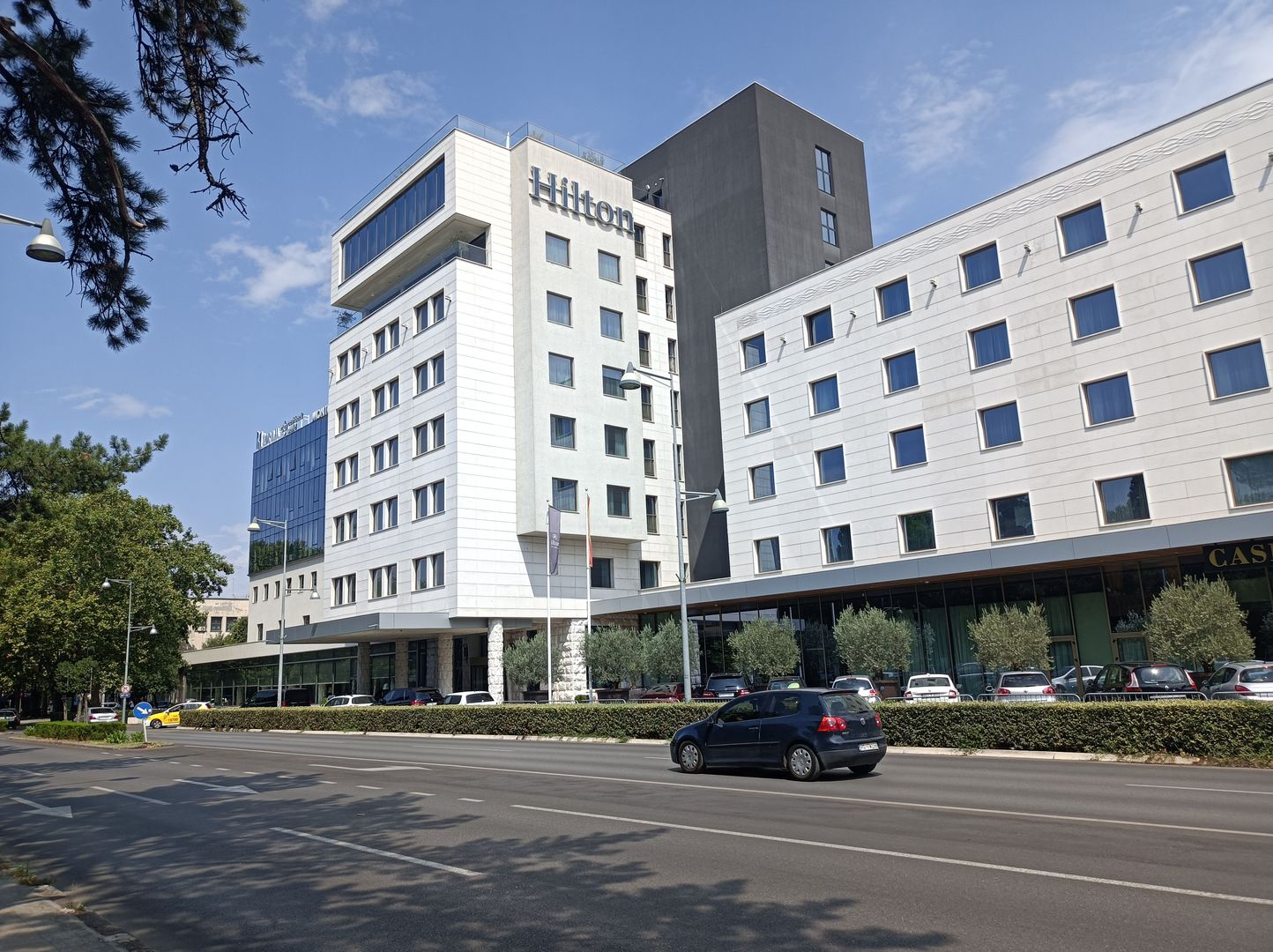Podgorica
7.66

Overview
Podgorica, the capital and largest city of Montenegro, is situated at the junction of the Zeta Plain and the Bjelopavlići Valley, surrounded by mountains. The city’s history dates back to prehistoric times, and its strategic location has long favored settlement. After World War II, Podgorica became the capital of Montenegro, and in 1946 it was renamed Titograd in honor of Josip Broz Tito. The original name, Podgorica, was restored in 1992.
The city has experienced significant economic growth, attracting investments in industry, trade, and services—particularly in the IT sector. It is home to the University of Montenegro and numerous cultural institutions, including the National Theatre of Montenegro, the Natural History Museum, and several art galleries. Architecturally, Podgorica blends styles ranging from Ottoman-era buildings to modern structures like the Millennium Bridge, which has become an icon of the city's contemporary skyline.
Culturally, the city is diverse, with a predominantly Orthodox Christian population, alongside significant Muslim and Catholic communities. An interesting fact is that Podgorica is the rainiest capital in Europe, which contributes to its unique microclimate.
The city has witnessed many pivotal historical events, including heavy bombing during World War II that caused extensive destruction, followed by a remarkable period of reconstruction. Today, green spaces account for about one-third of Podgorica’s area, with numerous parks and gardens enhancing its urban landscape. The city also hosts a variety of cultural and sporting events that attract both residents and visitors.
Location
Country
You can also find here:
2025 Wizytor | All Rights Reserved
